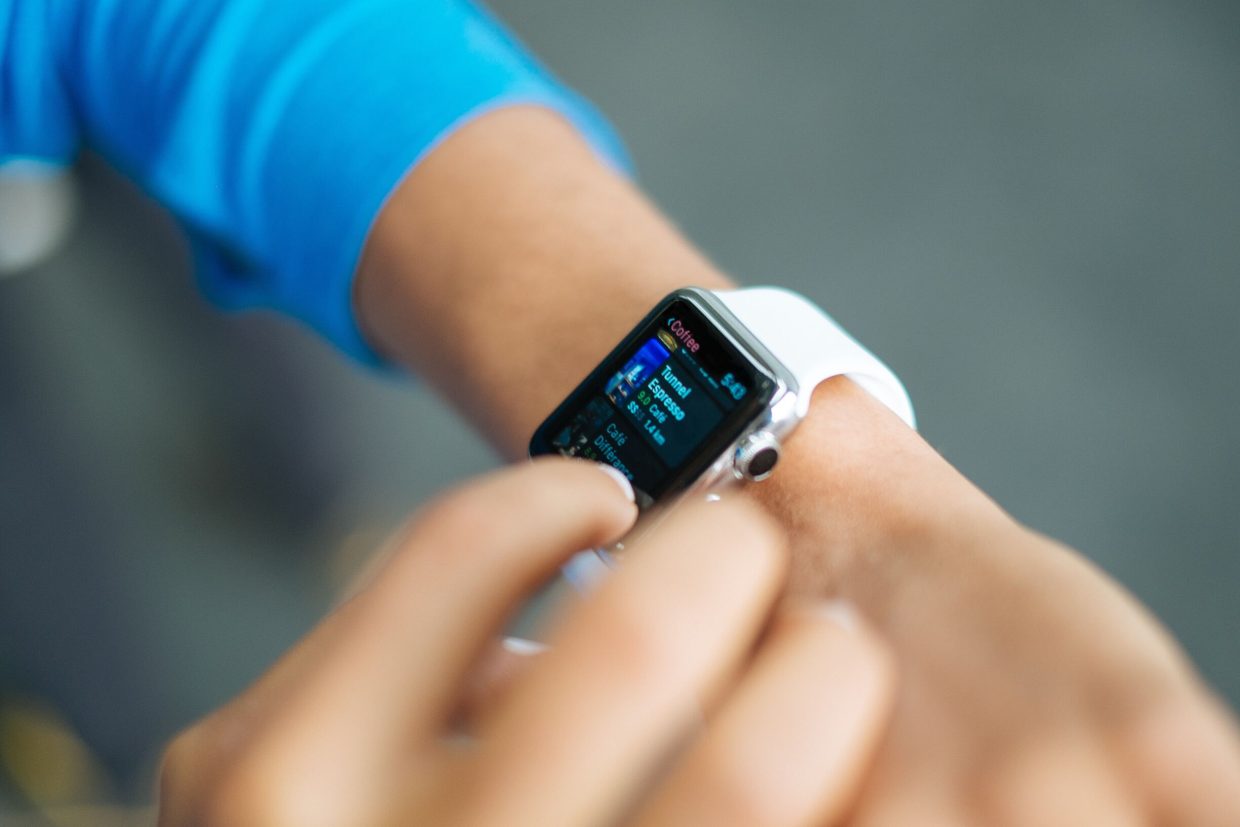Your Wrist: The Crystal Ball for Disease Prediction?

A recent study conducted by researchers at Penn Medicine sheds light on the potential of using continuous wrist temperature monitoring as a tool for predicting future disease risk. This non-intrusive and cost-effective method can provide valuable insights into conditions such as Type 2 diabetes, hypertension, liver disease, and kidney failure. Published in Nature Communications, the study highlights the significance of accurate and ongoing digital monitoring of skin temperature in gaining a deeper understanding of various health conditions.
While disrupted temperature rhythms have previously been associated with a limited number of conditions, such as metabolic syndrome and diabetes, this research expands on these findings by examining a large population. The study reveals a broader range of conditions that are associated with poor temperature rhythms, specifically measured through wrist temperature amplitude. This refers to the difference between the minimum and maximum temperature over a 24-hour period.
Carsten Skarke, the senior author of the study and an adjunct associate professor of medicine, emphasizes the potential of combining emerging technology with health monitoring. Many individuals already own smartwatches that come equipped with skin temperature sensors. In the future, this data could be used as a digital biomarker in collaboration with healthcare professionals. By understanding an individual’s risk for developing certain conditions, treatment and preventative care options can be tailored accordingly.
The study suggests that the daily fluctuations observed in a person’s wrist temperature curve may have significant implications for their health. A flatter temperature landscape indicates a higher risk for chronic diseases. These findings have important implications for healthcare professionals and individuals alike, offering a novel approach to disease risk assessment through the power of continuous wrist temperature monitoring.






